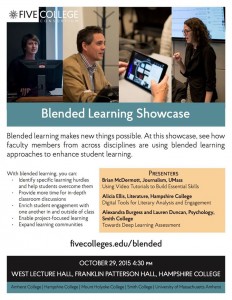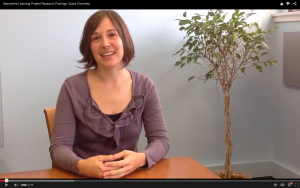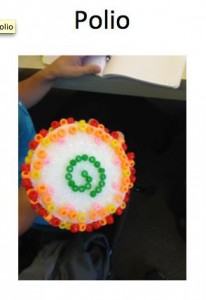When someone asks you a question or you have a new problem to solve, the knowledge that you bring forward into your working memory to formulate an answer or explanation is the knowledge that you have already integrated into your understanding of the subject. The greater your expertise in that domain, the more requisite knowledge you have on the ready to consider the novel question. (This, in part, explains why someone with greater expertise is more likely to consider multiple sides of an issue and come to a reasoned response than a novice).
We increase the likelihood that our students will be able to recall and use what we teach by helping them engage their prior knowledge and connect new information to their prior understanding.
Our students come to us each with their own prior knowledge, conceptual understanding, skills and beliefs. When we present them with problems or new information, their prior knowledge and experiences influence their thinking. Each student might understand what we say in slightly different ways – attending to different aspects of the question, interpreting and responding differently to the learning environment, etc. – all of which significantly affects their abilities to solve the problems we present, to reason, and to acquire new knowledge.
New learning is constructed on prior knowledge. The more we understand about what students already think, and the more we help them engage their prior understandings, the more likely they are to learn well – and the less likely they are to misinterpret the material in our courses.
Since prior knowledge varies by student, we can be misled about what they understand when we rely on class discussion to hear their ideas. Usually, only a small proportion of the class will venture a comment in whole class discussions. Engaging all students requires different techniques. We present a few below along with some resources for student-active pedagogies.
- Begin a course or unit with a “benchmark lesson” whereby you present a provocative question that doesn’t have one clear answer. Ask for suggestions about possible answers (get as full a range as possible). Solicit explanations to get at the range of student thinking (increase participation by having them discuss in pairs first if you’d like). You don’t have to come to a perfectly correct conception, but do make it clear at the end of the discussion what you are sure of, what questions remain, and how or when you will answer them.
- At the end of the class session before you will be working on a concept, ask students to write what they already think or know about the topic. This could be as quick as a 2-3 minute freewrite. Have them hand in their responses on their way out the door. Reading student responses before the next class will help you understand what students already know.
- At the start of a topic or unit, pose a question. Have students work in small groups (3 or 4) to fill in a chart with 3 columns – what they know, what they think they know, and what they need to find out. This can be done on newsprint and reported out to the class.
- Use a discrepant event (often described in the sciences, but you creative folks outside the sciences will think of something). That is, have students experience an event that is contrary to what they would expect. This motivates the desire to understand what happened and why. The ensuing discussion is about sense making, whereby students ask questions, build upon one another’s ideas, and explore each other’s thinking. Again, pairs or groups of 3 are useful in the discussion.
- Use a Classroom Assessment Technique (CAT) called the Background Knowledge Probe. It is a short, simple questionnaire given to students at the start of a course, or before the introduction of a new unit, lesson or topic. You design the questions to uncover students’ pre-conceptions about the area of study. In Classroom assessment techniques: a handbook for college teachers by Thomas A. Angelo, K. Patricia Cross. San Francisco : Jossey-Bass Publishers, 1993 available in the library. You can post the questions in a Moodle “quiz,” create a Qualtrics survey (http://hampshire.qualtrics.com) or use paper and pencil.
Further Reading:
From Speculation to Science in National Research Council. 2000. How People Learn: Brain, Mind, Experience, and School: Expanded Edition. Washington, DC: The National Academies Press. https://doi.org/10.17226/9853.
Angelo, T. A., & Cross, K. P. (1993). Classroom assessment techniques: A handbook for college teachers. San Francisco: Jossey-Bass Publishers.

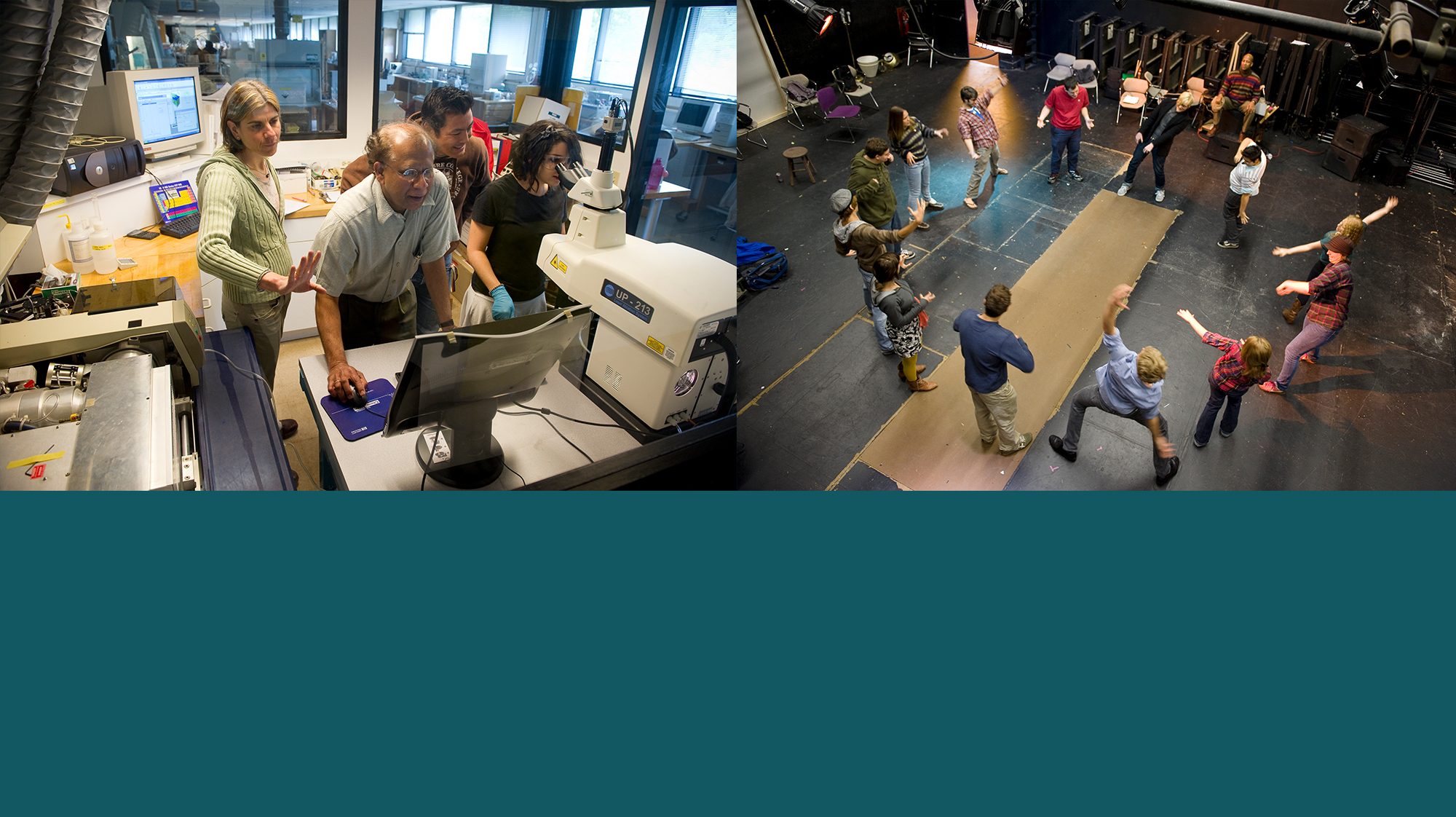

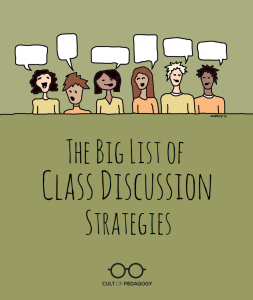 Thank you Beth Mattison for posting this
Thank you Beth Mattison for posting this 